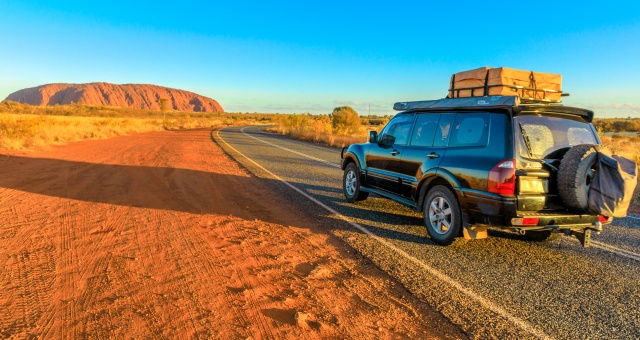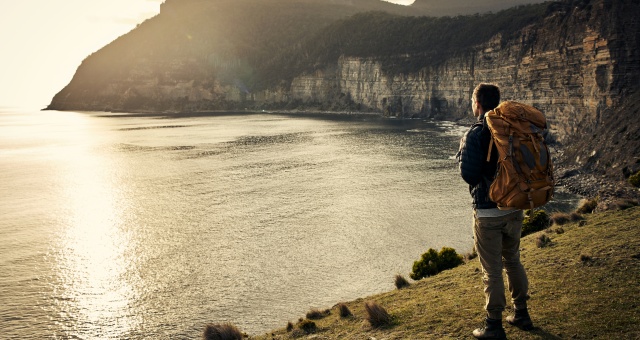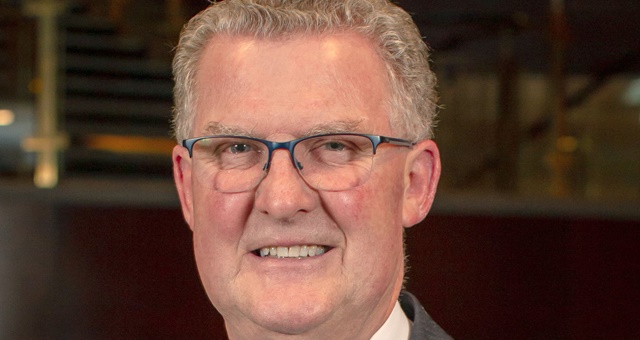Views from industry stakeholders are now being sought to a newly released long-term tourism strategy for Australia aimed at rebuilding and reimagining the visitor economy in the wake of the COVID-19 pandemic.
The Australian Government’s Department of Foreign Affairs and Trade (DFAT) has released the proposed ‘THRIVE 2030’ strategy, under which the country and the industry overall has set a target of reaching AUD$166 billion in total visitor expenditure by 2024.
THRIVE, an acronym for ‘The Re-Imagined Visitor Economy’, aims to restore Australia’s tourism industry to its status as one of the nation’s largest export sectors. In 2019, the sector was worth AUD$166 billion annually and employed more than 660,000 people.
Opinion and analysis from more than 350 industry stakeholders was factored into the formation of the strategy. Key objectives of the plan include diversifying markets, experiences and destinations, modernising suppliers and fostering greater levels of collaboration.
The strategy also takes into account a wider objective to improve the lives of Australians through tourism industry success and in turn, providing sustainable growth, improvement to community amenities and environmental sensitivity, particularly in regional Australia.
Split into three phases, the first phase runs until 2024 and is aimed squarely at recovery as international markets return and are reestablished. Immediate problems including workforce shortages and destination development will be addressed in this phase.
Next, the period from 2025-2027 has been termed the Consolidation Phase and will aim to set an maintain a solid growth trajectory by pursuing a diverse but targeted portfolio of visitor markets, investing in new products and improving overall quality of the visitor experience.
Finally, the period from 2028-2030, or Acceleration Phase, will leverage from investments made in earlier phases where the sector can further improve business practices and continue to grow visitation from new and emerging markets.
Minister for Trade, Tourism and Investment, Dan Tehan, said Australia’s recovery from COVID-19 was gathering pace with travel restrictions continuing to ease.
“Australia is still a leading international tourist destination, with world-class experiences, passionate tourism operators, highly-skilled workers and top-quality education providers,” Minister Tehan said.
“The Morrison Government is working with the sector to ensure our tourism industry is set up to succeed over the coming decade, and that’s why our government commissioned a panel of experts, led by former Tourism Minister Martin Ferguson to develop a strategy for enhancing the visitor economy.”
The strategy has been welcomed by Tourism Accommodation Australia and the Accommodation Association, with TAA National CEO, Michael Johnson, saying THRIVE sets a tone of hope for the national tourism industry.
“After two years of hibernation and extreme turmoil, Australia’s tourism and accommodation industry now has a strategic plan which outlines where we are, where we need to be and actually guides us on how to get there,” Johnson said.
“The strategy proposes a range of actions including specific amendments to migration settings, the removal of barriers for travellers, investment in tourism infrastructure and the promotion of previously underutilised tourism assets that Australia naturally has at its disposal.”




